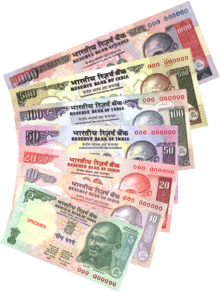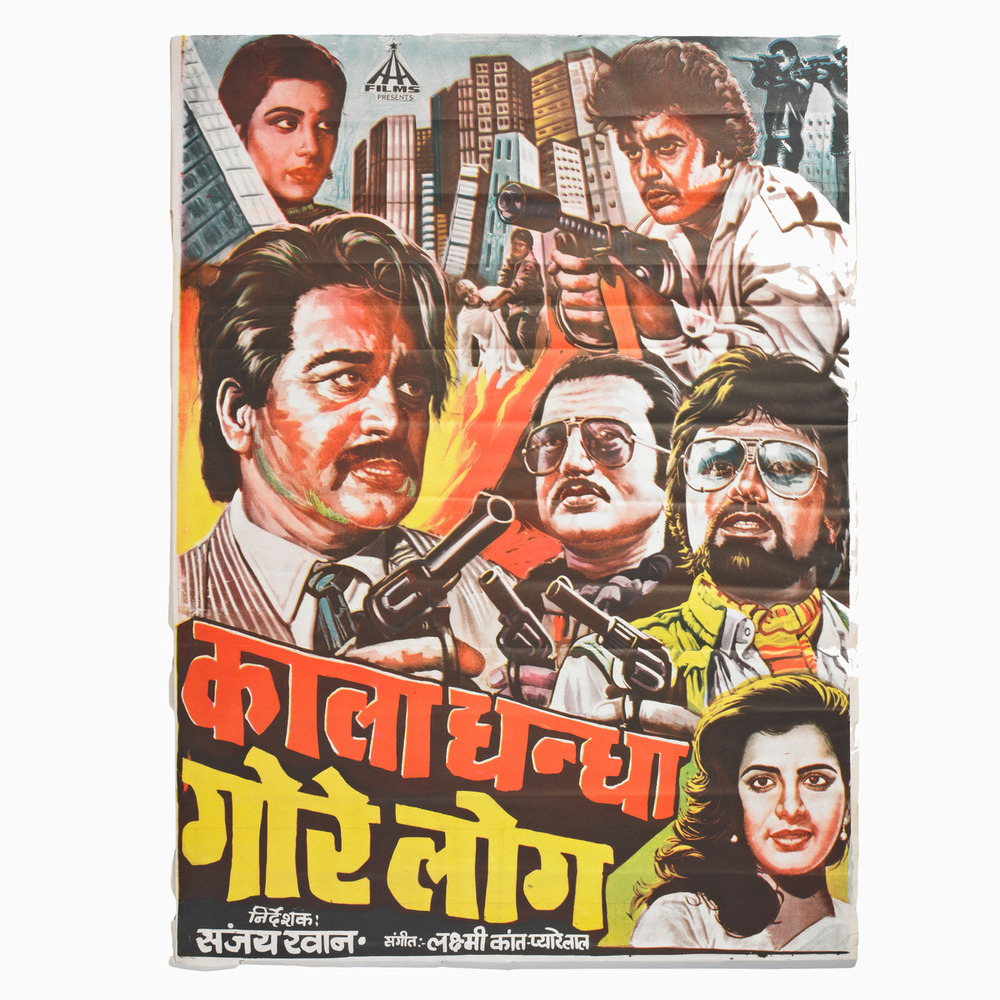 “If you can’t beat them, join them,” goes the old adage.
“If you can’t beat them, join them,” goes the old adage.
The government of India has done just that by relaunching the Kisan Vikas Patra (KVP). An investment in the newly launched KVP will double in 100 months. This means a return of 8.7% per year. It also comes with a lock-in of two and a half years.
There are no tax benefits, neither at the time of investment nor when the investment matures. Initially, the KVPs will be sold through post offices. But over a period of time the government plans to sell KVPs through some designated branches of public sector banks as well.
“The basic aim is to provide an investment opportunity to people who do not know where to invest and put their money into options like Ponzi schemes,” the finance minister Arun Jaitley said at the relaunch of the scheme.
A ponzi scheme is a fraudulent investment scheme in which money is repaid to old investors by using money being brought in by new investors. The scheme runs as long as the money being redeemed by the old investors is lower than the money being brought in by the new investors. The moment this reverses, the scheme collapses.
In the recent past, the country has seen a whole host of Ponzi schemes like Sahara, Saradha, Rose Valley etc. But how will the KVP stop people from investing in Ponzi schemes?
A major reason why people invested in Ponzi schemes over the last few years lies in the fact that real returns (i.e. nominal return minus the rate of inflation) on fixed income investments (like fixed deposits, post office savings schemes etc.) was negative over the last few years.
Between 2008 and 2013, both consumer price inflation and food inflation were greater than 10%, for large periods of time. In this scenario, the returns on offer on fixed income investments were lower than the rate of inflation.
Given this, individuals had to look at other modes of investment, in order to protect the purchasing power of their accumulated wealth. A lot of this money found its way into real estate and gold, which delivered good returns for most of that period. And some of it also found its way into Ponzi schemes, which promised a slightly higher rate of return than fixed deposits and other fixed income investments.
Inflation has fallen over the last few months, and after many years, the real return on fixed income investments is in the positive territory. This is, as true for KVPs, as it is for fixed deposits offered by public sector banks.
Take the case of a fixed deposit of less than Rs 1 crore with a tenure of one year to less than five years, offered by the State Bank of India. Such a deposit pays an interest of 8.75% per year, which is as good as the return of 8.7% per year offered by KVPs.
Further, the fixed deposit doesn’t come with a lock-in, unlike KVPs which have a lock-in of two and a half years. Also, those who have dealt with post offices on a regular basis will know that dealing with (even) public sector banks is relatively easier than dealing with a post office.
So, there is no basic case for investing in a KVP. Also, for those investing for the long term, instruments like PPF which are not taxed on maturity, remain a considerably better bet. Those comfortable with investing in debt mutual funds are also likely to get higher after tax returns in the long term, once indexation(or inflation in simple terms) is taken into account while calculating capital gains.
And as far as not investing in Ponzi schemes is concerned, the returns offered on KVP are not high enough to stop people from investing in Ponzi schemes.
The government also wants to increase savings by getting people to invest in this scheme. As Jaitley said at the launch “Over the last two three years, when economic growth slowed, our savings rate declined…So it is very necessary to encourage people to increase domestic savings.”
The latest RBI annual report points out that “the household financial saving rate remained low during 2013-14, increasing only marginally to 7.2 per cent of GDP in 2013-14 from 7.1 per cent of GDP in 2012-13 and 7.0 per cent of GDP in 2011-12…the household financial saving rate [has] dipped sharply from 12 per cent in 2009-10.”
Household financial savings is essentially the money invested by individuals in fixed deposits, small savings scheme, mutual funds, shares, insurance etc. It has come down from 12% of the GDP in 2009-10 to 7.2% in 2013-14. A major reason for the fall has been the high inflation that has prevailed since 2008. The return on offer on KVPs is similar to other forms of fixed-income investments available in the market and there is no reason that it should lead to higher financial savings.
So that brings us to the question, why did the government launch KVPs then? Before we understand that, here are a few more features of the scheme. The KVPs as mentioned earlier come with a lock-in of two and a half years. They come in denominations of Rs 1000,Rs 5,000, Rs 10,000 and Rs 50,000 and there is no upper limit to the number of KVP certificates that can be bought. Hence, there is no limit to the amount of money that can be invested in the scheme.
As far as fulfilling know your customer requirements are concerned, the gazette notifications states that the individual buying the KYC will have to provide proof of name and residence. No PAN card details will have to be provided.
And here comes the clincher—the KVP will be a bearer instrument, which will not carry the name of the investor. Jaitley stated this at the event to relaunch the KVP. “So people with currency can invest in this,” Jaitley said. “This will be a bearer instrument just like currency and easy to encash,” he added.
So what does this really mean? There are some basic know your customer norms that need to be followed. But the KVP certificate will not carry any name on it, and that essentially makes it an anonymous instrument, once it has been issued.
With this move, the government is hoping that the KVPs will be used to launder black money. In fact, this was precisely the reason the scheme was discontinued in November 2011, a recent report in the Business Standard points out.
Black money over the years has gone into gold and real estate, where it isn’t productive enough. If it finds its way into the coffers of the government, it can be used more productively, or so the government would like to believe.
It would also lead to higher financial savings and in the process lower interest rates. The government will benefit because it will be able to finance the fiscal deficit at lower interest rates. Fiscal deficit is the difference between what a government earns and what it spends and is financed through borrowing.
The fact that the relaunched KVP is a bearer instrument, without the name of the investor and without any need to provide an identity proof, makes it ideal to invest black money in.
As R Jagannathan writes on Firstpost.com “Since it is a bearer certificate without limit, KVPs are likely to be more popular with the better off than just the poor…Rs 1 crore invested in KVPs of the face value of Rs 50,000 each will involve the creation of only 200 certificates. Not a very big pile and very portable for black money holders.” In fact, given the fact that it is a bearer instrument, KVPs can almost be used as a currency as well.
In the old days when the government wanted to access the black money in the country, it used to launch income tax amnesty schemes, where individuals could pay a one time tax on their accumulated black money and escape punishment. In its current form, the KVP looks more like a quasi-amnesty scheme. In fact, it is even better given that no tax needs to be paid on it.
It would have been a good idea to demand the PAN number from those investors who buy KVPs of Rs 1 lakh or more. Nevertheless, the question is, should a government which has strong views on “black money” actually be launching a scheme, which makes it convenient for people to invest black money and that too with the government?
The article originally appeared on www.equitymaster.com on Nov 20, 2014
 Vivek Kaul
Vivek Kaul



